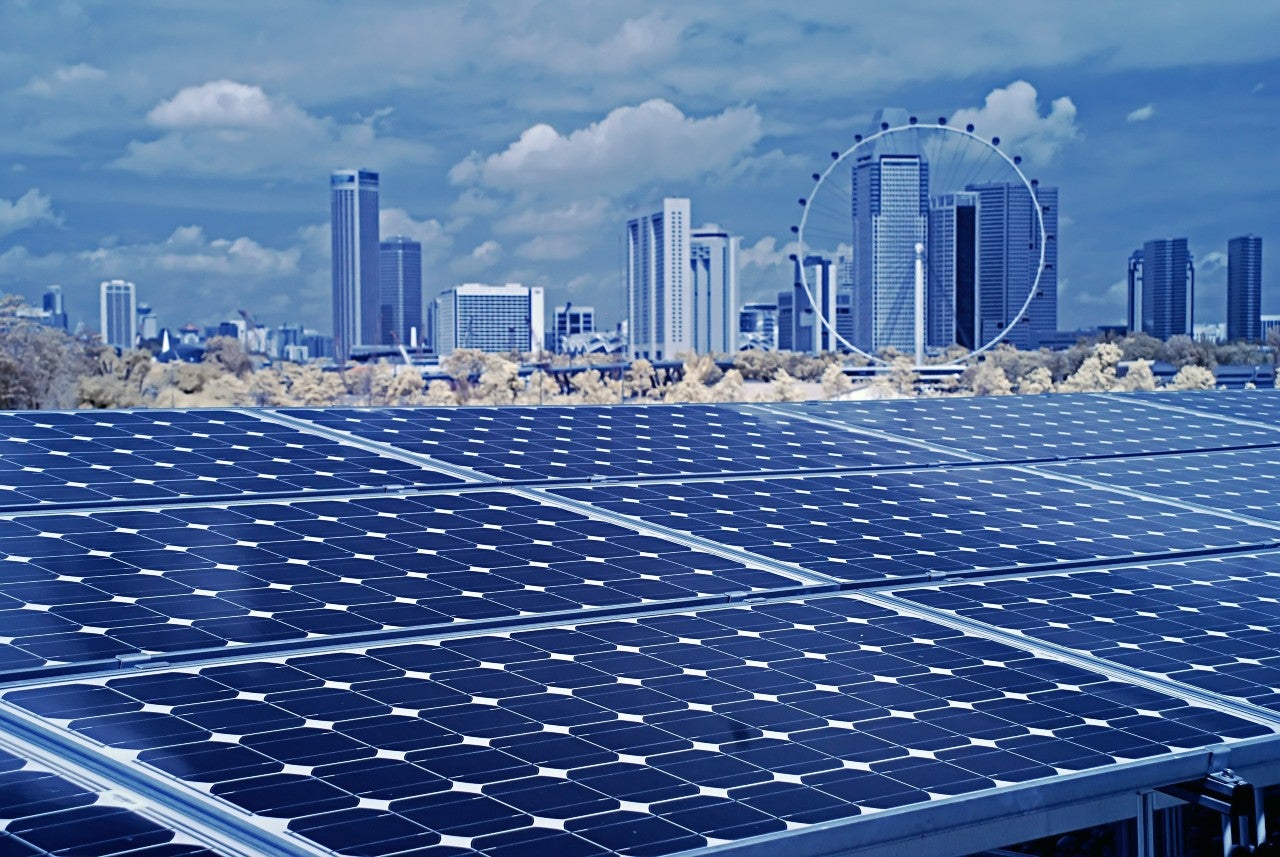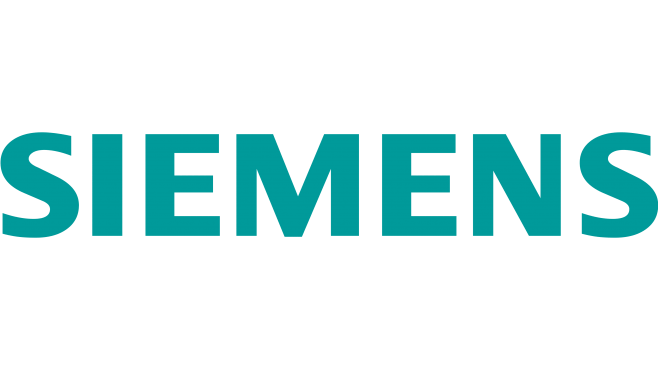
Innovative grid edge technologies are enabling renewable power to be a larger and more reliable element in the energy matrix, but electricity demand is rising sharply across the globe, and every facet of power generation and consumption must be considered if resilience and decarbonisation is to accelerate in the face of growing electricity usage.
The transition to a new energy system – one that incorporates more renewable energy sources, some delivered by prosumers – along with new technologies for storage and flexible energy load management, necessitates buildings play a more active role. Digitalisation of both the energy grid and the buildings it serves will see smart buildings become a key contributor within this space. Our experience of the pandemic is only accelerating the direction of travel.
Beyond smart – what is a grid-interactive building?
Buildings account for 20% of total global CO2 emissions during their operations phase, including direct CO2 emitted from buildings as well as CO2 emitted during the production of energy that is used for heating, cooling or illumination.
Grid-interactive buildings accelerate the path to zero CO2 emissions in three ways: they alleviate bottlenecks in the energy distribution network, making the grid more resilient and robust. This also allows for faster roll-out of renewable energy and electric vehicles (EVs). Secondly, they enable 30–40% energy savings in the building. Thirdly, they are part of virtual power plants (VPPs), contributing directly to renewable energy generation.
The compound effect can be estimated to enable a reduction of 10–15% in all global CO2 emissions.
The grid-interactive building is equipped with new energy technologies that enable it to actively engage with the grid, rather than just passively drawing down power. This relationship will be a key element in improving grid stability and increasing energy efficiency.
“A smart, grid-interactive building can manage electricity loads, optimise energy use within individual buildings or across campuses, and create flexibility,” Thomas Kiessling, CTO of Siemens Smart Infrastructure, explains. “Highly digitalised buildings are essential as we move towards an ‘all electric world’, with digital systems ensuring that accurate and timely decisions can be made for the benefit of the building, its occupants and the grid – and, to be clear, this applies to any building, old or new. To effectively transition to a new energy system, we must also digitalise our existing infrastructure.
Less stress, less cost, better preparedness
“A grid-interactive building can reduce and mitigate stresses and strains of the energy system while cutting costs for the building itself,” he adds. “Indirectly, a part of this is providing electrical resilience and so increasing the reliability of the energy system. Using buildings to increase resilience in the power network could not have happened in the old energy system.”
In many countries, the roll-out of renewable sources in the local network as well as the take up of EVs is causing capacity limits in the distribution network. The investment to overcome the limits are often large to prohibitive. Grid-interactive buildings and industrial campuses help to localise generation and consumption of energy, and to work around the bottlenecks in the distribution network.
“A grid which is able to interact with intelligent buildings – and optimise itself accordingly – will always afford us better preparedness,” Kiessling adds. “The pandemic has created a shift in the way we think about working practices, and patterns of energy use will likely change as well. This drives the imperative of the grid-interactive building, which can respond flexibly and in real time to occupancy rates and energy demands, enabling greater levels of sustainability and efficiency.
“What is more, the digitalisation of a building means that building managers can see and identify electrical loads, knowing when and where power is being used, and what it is being used for,” he continues. “This enables them to understand which of their electrical loads they may be able to flexibly turn off or on – being an interactive part of the grid.
Virtual power plant, real impact
“Buildings will play an integral part in enabling the transition to the new energy system, as they move from being a passive connection to an interactive contributor, from consumer to prosumer,” Kiessling remarks. “A building can both consume and produce energy, allowing it to take from and contribute to the grid as a productive asset in the ecosystem.”
Intelligent demand response and the ability of smarter, digitalised buildings to overcome intermittency from low-carbon energy sources should result in smarter energy consumption, and potentially generate revenue by producing and selling energy back into the grid.
“Any infrastructure which supports the move towards a decarbonised energy system will have a positive impact on people,” says Kiessling. “Reducing costs and increasing resiliency across the system is a benefit for all of society. The grid interactive building brings infrastructure into a closer relationship with society, supporting all those relying on robust, affordable power.”
The solutions and expertise Siemens has developed in this area mean that, even if a building’s use changes over time, digital energy management technologies will give building operators the flexibility to adapt as its energy needs evolve.
Every building is different, and there is no ‘one-size-fits-all’ solution, but the range of technologies now available mean that any building can become an interactive player in the energy matrix. In this way, the building sector will accelerate to become a major contributor to decarbonisation.



